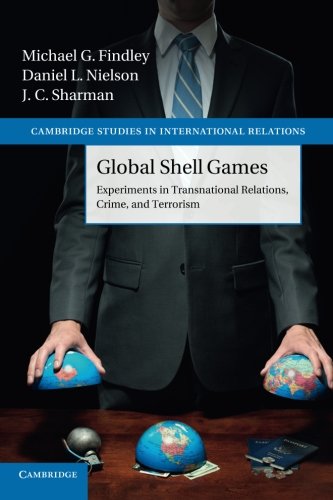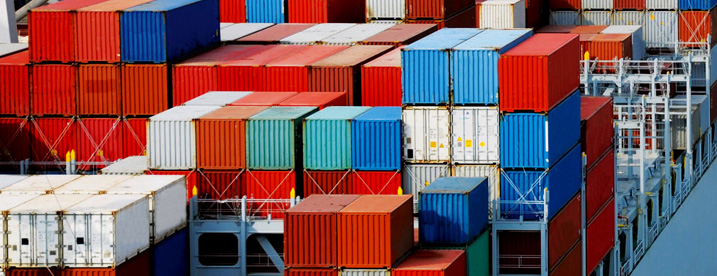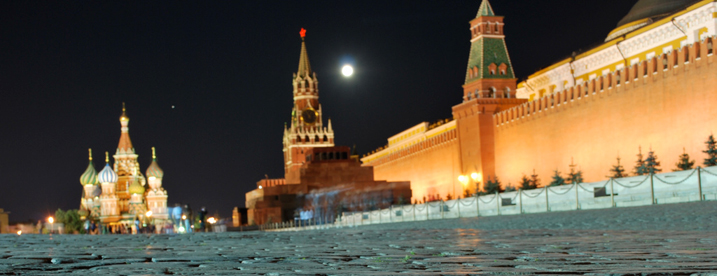By E.J. Fagan, May 21, 2014
 On Friday, Global Financial Integrity hosted professors Michael Findley and Daniel Nielson to talk about their new book, Global Shell Games, Experiments in Transnational Relations, Crime, and Terrorism.
On Friday, Global Financial Integrity hosted professors Michael Findley and Daniel Nielson to talk about their new book, Global Shell Games, Experiments in Transnational Relations, Crime, and Terrorism.
The book follows their ground-breaking paper, Global Shell Games: Testing Money Launderers’ and Terrorist Financiers’ Access to Shell Companies, which was published in 2012. The authors approached nearly 4,000 services in over 180 countries in a random assignment experience designed to measure how difficult it was to convince a corporate service provider or law firm to create a shell company without proper identification.
By Brian LeBlanc, May 2, 2014

There has been a lot of talk in recent years regarding the extent of China’s investment in the United States. Most of this has been centered on China’s admittedly large holdings of U.S. debt, but the fear has spilled over to other forms of investment as well. A 2012 report filed by the US-China Economic and Security Review Commission, an entity created by Congress in 2000, went as far as recommending that the Committee on Foreign Investment in the US be amended to add a required litmus test for Chinese investment, specifically. This test would make it mandatory to analyze the “net economic benefit” of all proposed Chinese investment in the United States before it is approved.
Being fair, a lot of this has to do with national security, with the rational that Chinese acquisitions of telecommunication companies (for example) might pose a threat to the “cyber and physical infrastructure services critical to maintaining the national defense, continuity of government, economic prosperity, and quality of life in the United States.” How much of this is legitimate I’m not sure of.
Still, does China own an outsized portion of US assets compared to the rest of the world? The short answer is no, not even close.
By E.J. Fagan, May 1, 2014
Every year, more capital is transferred out of Africa than into the continent. This is despite billions of dollars of foreign aid, natural resource exports, and foreign direct investment:
By Dev Kar, April 30, 2012

This morning, Larry Summers, former U.S. Treasury Secretary under President Clinton and former top economic advisor to President Obama, wrote that European austerity is holding back economic growth, which is making their sovereign debt problem worse, both in individual countries passing austerity budgets and on a continent-wide basis.
By Dev Kar, June 20, 2011

Massive capital flight from the weaker Eurozone economies, not envisaged before the creation of the Eurozone, are putting further pressure on the union Cross-posted from the blog of the Task Force on Financial Integrity and Economic Development. One...
By Dev Kar, January 20, 2011

New Global Financial Integrity Report Reveals Russia is Losing US$50 Billion Annually in Illicit Outflows
Recent news from Russia confirms that corruption is a serious issue that, unless curbed, can prevent the country from emerging as a global economic powerhouse. Corruption in Russia has been a hangover from the Soviet Union days. It is just that the forces of globalization have provided old hands and the up-and-coming younger generation of Russians with unprecedented opportunities to make money under the table. Of course, the exponential increase in Russia’s natural resource exports (such as petroleum products and natural gas) has not helped matters as far as overall governance is concerned. There is simply too much money in the hands of the too few.
By Jeremy Haken, December 17, 2010
In August 2010, the bodies of 72 immigrants were discovered in Tamaulipas, a state in northeastern Mexico. While nobody knows the sequence of events that led to this massacre, it is well known that Tamaulipas is at the center of a turf war between two powerful drug cartels, the Zetas and the Gulf Cartel. Control of territory and trafficking routes is critical as it enables the cartels to expand their criminal operations to include other moneymaking endeavors like fuel bunkering, prostitution, kidnapping, and even software piracy.
By Jeremy Haken, August 30, 2010
When you first hear about it, the trafficking of human organs sounds like a gruesome black-market practice, carried out by the shadowy characters of the global criminal underworld. And you wouldn’t be entirely wrong. Just Google “organ trafficking” and you’ll see hundreds of pictures of people holding up their shirts to reveal long scars from where their kidneys have been removed. None of the people photographed look like your college roommate or the captain of the tennis team. None of them are reclined in a plush Manhattan parlor or smiling as they climb into the back of a town car. They’re usually sitting on the dirty city streets of developing countries or lying on hospital cots looking undernourished and desperate. Add to this image the unconfirmed reports of people being kidnapped for the express purpose of organ removal and the whole business just seems disgusting and hellish.
 On Friday, Global Financial Integrity hosted professors Michael Findley and Daniel Nielson to talk about their new book, Global Shell Games, Experiments in Transnational Relations, Crime, and Terrorism.
On Friday, Global Financial Integrity hosted professors Michael Findley and Daniel Nielson to talk about their new book, Global Shell Games, Experiments in Transnational Relations, Crime, and Terrorism.



